Thanksgiving is a time for family, gratitude, and of course, the iconic centerpiece of the holiday table—the roasted turkey. But ask any seasoned cook, and they’ll tell you that the real magic often lies in the stuffing, or as some prefer to call it, the dressing. This humble yet deeply flavorful side dish has sparked debates, inspired regional variations, and become a canvas for culinary creativity. Whether you’re a traditionalist or an adventurous cook, the story of Thanksgiving stuffing is as rich as the dish itself.
The Origins of a Classic
Stuffing, in its simplest form, is a mixture of bread, herbs, and other ingredients used to fill the cavity of a turkey before roasting. Its roots trace back centuries, with early versions appearing in Roman cookbooks. The concept was practical: stuffing helped retain moisture in the bird while adding flavor. When European settlers arrived in America, they brought their stuffing traditions with them, adapting them to local ingredients. Native Americans introduced corn and wild herbs, which quickly found their way into colonial recipes. By the time Thanksgiving became a national holiday in the 19th century, stuffing had cemented its place on the table.
Regional Variations: A Culinary Road Trip
One of the most fascinating aspects of stuffing is how it varies across the United States. In the South, cornbread stuffing reigns supreme, often featuring smoky bacon, pecans, and a touch of heat from cayenne pepper. New Englanders favor a more austere version, with white bread, sage, and oysters—a nod to the region’s coastal heritage. In the Midwest, wild rice stuffing is a popular alternative, while in Louisiana, Cajun influences like andouille sausage and the "holy trinity" of onions, celery, and bell peppers make an appearance. These regional twists reflect the diverse culinary landscape of the country.
The Great Debate: To Stuff or Not to Stuff?
While many cooks swear by stuffing the turkey, food safety experts often advise against it. The concern lies in the risk of bacterial contamination, as the turkey’s cavity may not reach a safe temperature before the stuffing inside becomes a breeding ground for pathogens. As a workaround, many opt to bake the stuffing separately, rebranding it as "dressing." Yet, for purists, the sacrifice of flavor is too great. They argue that the juices from the turkey infuse the stuffing with an irreplaceable richness. This divide has sparked endless Thanksgiving dinner arguments, with no clear resolution in sight.
Modern Twists on a Timeless Dish
In recent years, stuffing has undergone a renaissance as home cooks and chefs alike experiment with bold flavors and unconventional ingredients. Gluten-free breads, quinoa, or even cauliflower rice now stand in for traditional bread cubes. Vegan stuffings, packed with mushrooms, lentils, and walnuts, cater to plant-based diets. Some adventurous recipes incorporate international flavors, like chorizo and Manchego cheese for a Spanish flair or coconut milk and lemongrass for a Thai-inspired version. The possibilities are limited only by the cook’s imagination, proving that even the most classic dishes can evolve with the times.
The Emotional Pull of Stuffing
Beyond its taste, stuffing holds a special place in the hearts of many because of the memories it evokes. For some, it’s the scent of sage and onions sautéing on the stove, a signal that the holidays have arrived. For others, it’s the ritual of passing down a family recipe, scribbled on a stained index card. There’s a reason why people will passionately defend their grandmother’s version or insist on recreating it exactly as they remember. In a world of ever-changing food trends, stuffing remains a comforting constant, a dish that feels like home.
As Thanksgiving approaches, kitchens across the country will buzz with the sounds of chopping, mixing, and baking. Whether you prefer your stuffing moist or crispy, simple or loaded with extras, one thing is certain: this beloved dish is far more than just a side. It’s a symbol of tradition, a reflection of regional identity, and most importantly, a delicious reminder of what makes the holiday so special.

By Laura Wilson/May 10, 2025
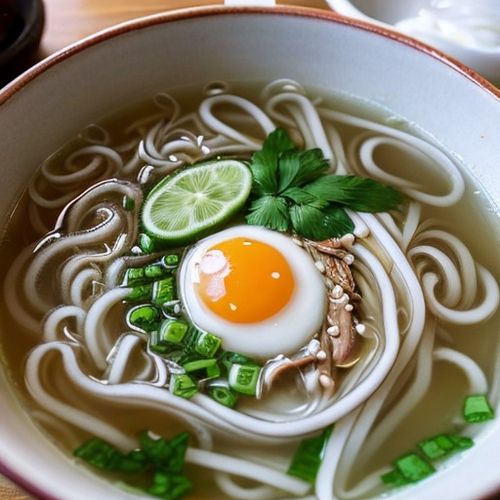
By Christopher Harris/May 10, 2025
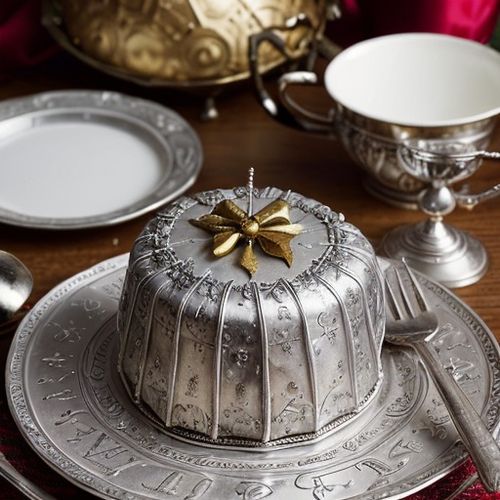
By Samuel Cooper/May 10, 2025
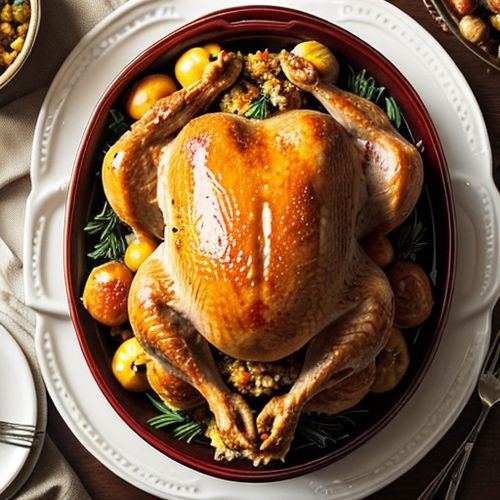
By Megan Clark/May 10, 2025
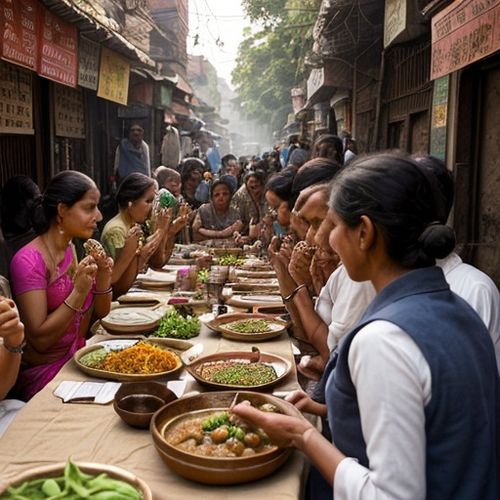
By Olivia Reed/May 10, 2025
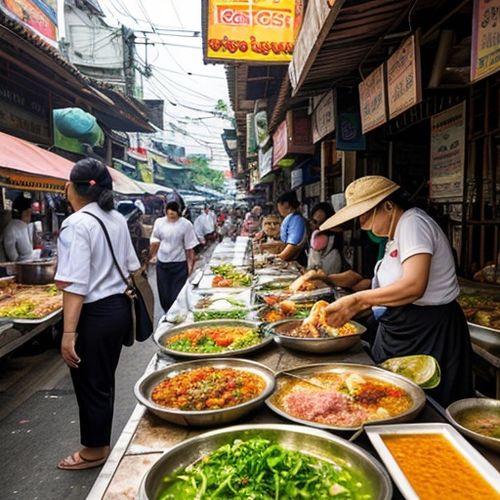
By Natalie Campbell/May 10, 2025
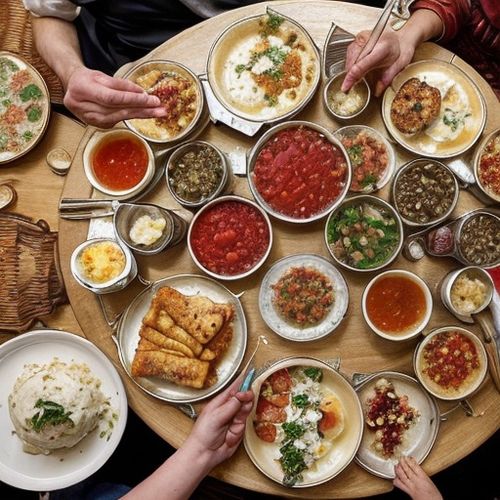
By Sophia Lewis/May 10, 2025
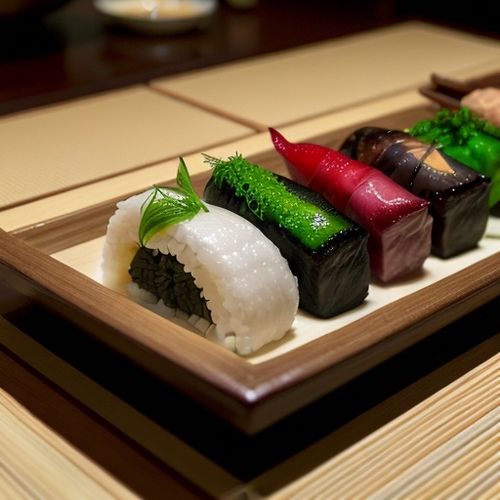
By George Bailey/May 10, 2025
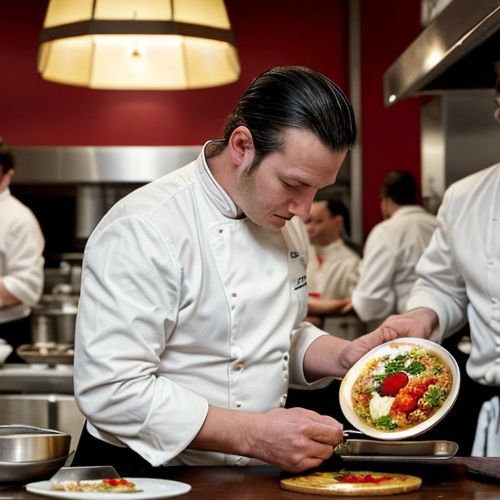
By Eric Ward/May 10, 2025
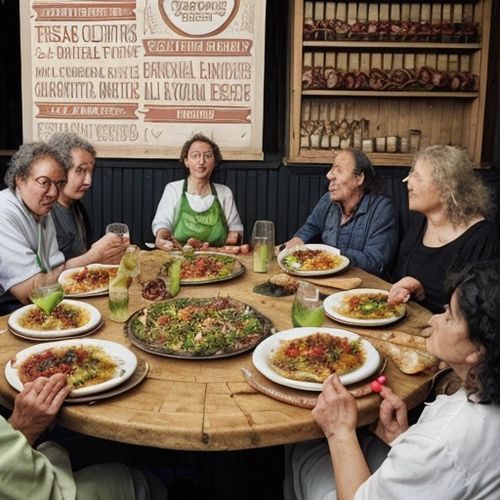
By Daniel Scott/May 10, 2025

By George Bailey/May 10, 2025
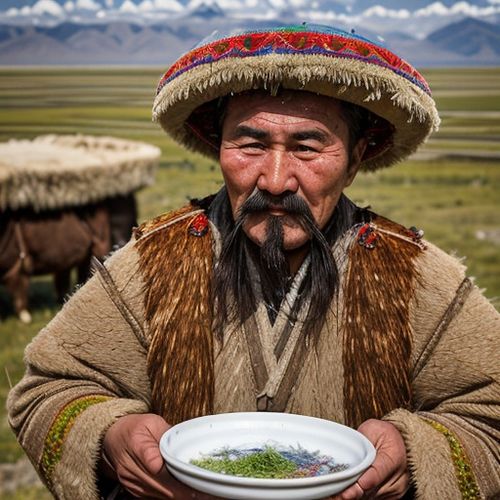
By Elizabeth Taylor/May 10, 2025
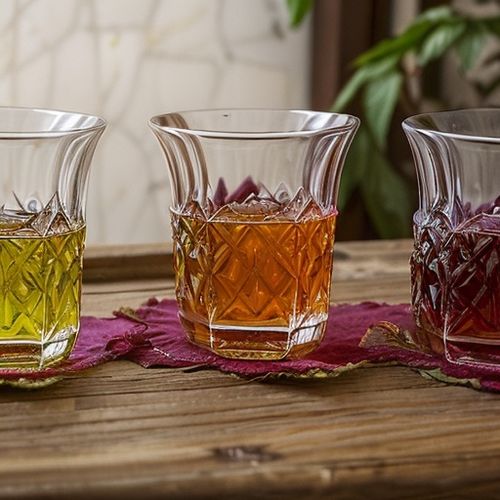
By Natalie Campbell/May 10, 2025
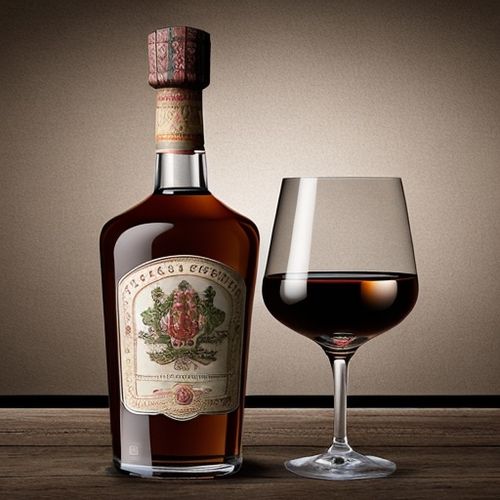
By Emily Johnson/May 10, 2025
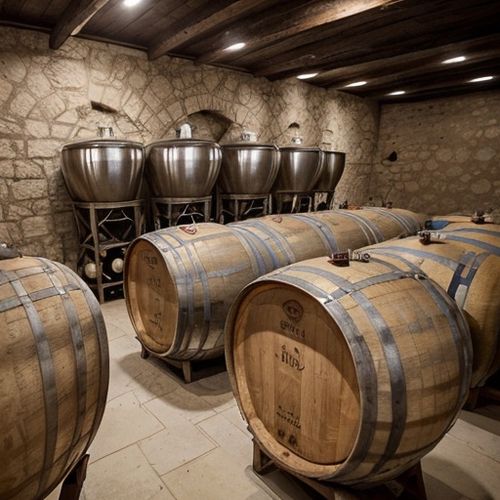
By Elizabeth Taylor/May 10, 2025

By Thomas Roberts/May 10, 2025
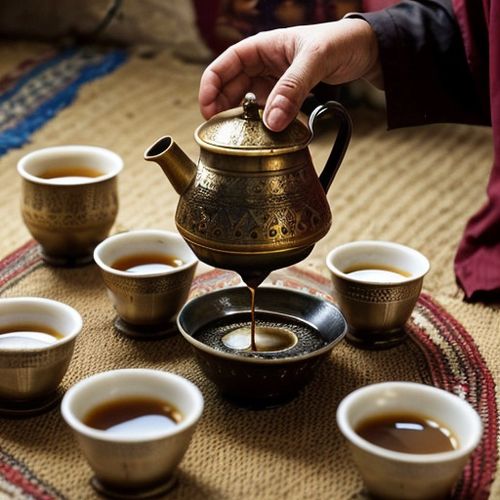
By Christopher Harris/May 10, 2025
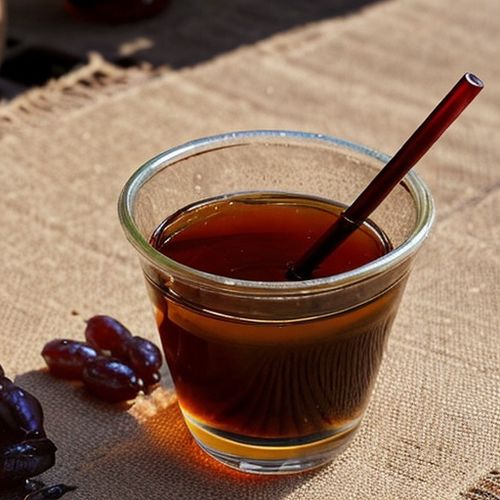
By Megan Clark/May 10, 2025
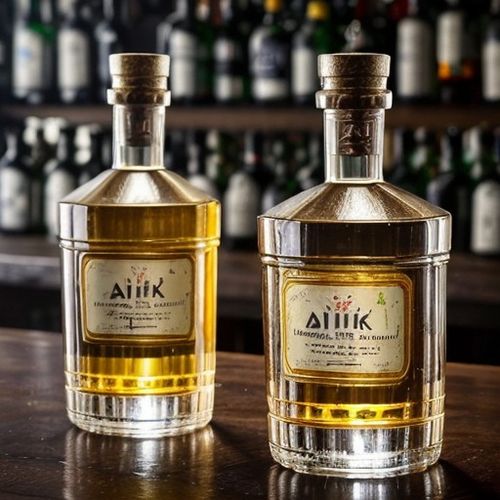
By Samuel Cooper/May 10, 2025
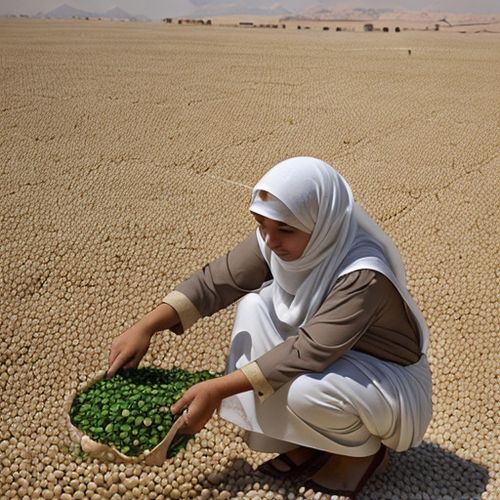
By James Moore/May 10, 2025